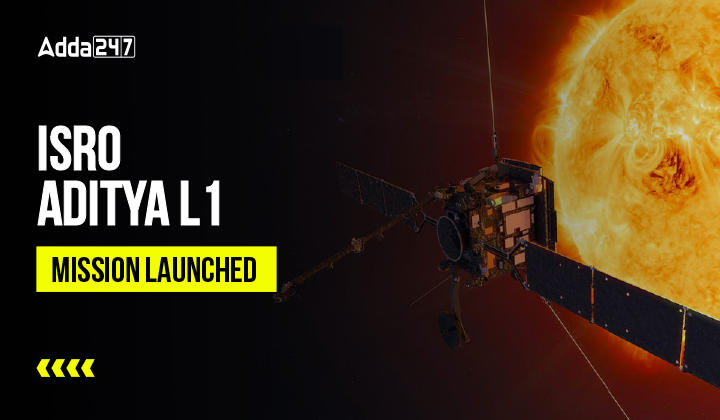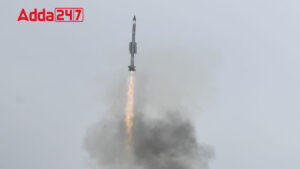ISRO Aditya L1 Mission Launched
ISRO Aditya L1 mission was launched successfully on September 2, 2023 at 11:50 AM IST from the Satish Dhawan Space Centre in Sriharikota, India. The mission is India’s first dedicated solar mission and will study the Sun’s atmosphere, including the chromosphere and corona. It will also study the solar wind and its interaction with the Earth’s atmosphere.
The Aditya L1 spacecraft is a 1.5-ton satellite that is equipped with seven payloads. The payloads will study the Sun’s atmosphere using a variety of methods, including remote sensing and in-situ measurements. The spacecraft will be placed in a halo orbit around the Sun-Earth Lagrange Point 1 (L1), which is located about 1.5 million kilometers from Earth.
The Aditya L1 mission is expected to last for five years. During this time, it will collect valuable data about the Sun that will help scientists to better understand its behavior and its impact on Earth.
Here are some more details about the Aditya L1 mission:
- The mission is named after Aditya, the Hindu god of the Sun.
- The spacecraft is about the size of a refrigerator and weighs 1.5 tons.
It is equipped with seven payloads
- Visible Emission Line Coronagraph (VELC): This payload will image the solar corona in the visible light spectrum. It will help to study the structure and dynamics of the corona, and to understand the mechanisms that heat it up.
- Solar Ultraviolet Imaging Telescope (SUIT): This payload will image the solar chromosphere and transition region in the ultraviolet light spectrum. It will help to study the heating and dynamics of these layers, and to understand the origin of the solar wind.
- Solar Low Energy X-ray Spectrometer (SoLEXS): This payload will measure the spectrum of the solar X-rays. It will help to study the solar flares and coronal mass ejections, and to understand the physics of the solar atmosphere.
- High Energy L1 Orbiting X-ray Spectrometer (HEL1OS): This payload will measure the spectrum of the solar X-rays in the high-energy range. It will help to study the solar flares and coronal mass ejections, and to understand the acceleration of particles in the solar atmosphere.
- Plasma Analyser Package For Aditya (PAPA): This payload will measure the properties of the solar wind plasma, such as its density, temperature, and composition. It will help to study the interaction between the solar wind and the Earth’s magnetosphere.
- Aditya Solar wind Particle Experiment(ASPEX): This payload will measure the properties of the energetic particles in the solar wind, such as their energy, charge, and mass. It will help to study the acceleration of particles in the solar atmosphere, and the effects of these particles on the Earth’s atmosphere and environment.
- Solar Irradiance Monitor (SIM): This payload will measure the solar irradiance, which is the total amount of energy emitted by the Sun. It will help to study the variability of the solar irradiance, and its effects on the Earth’s climate.
- The spacecraft will be placed in a halo orbit around the Sun-Earth Lagrange Point 1 (L1), which is located about 1.5 million kilometers from Earth.
- The mission is expected to last for five years.
The Aditya L1 mission is a major milestone for the Indian space program and will contribute significantly to our understanding of the Sun. The data collected by the mission will help scientists to better understand the Sun’s atmosphere, its magnetic field, and its impact on Earth. This information will be invaluable for predicting space weather events, which can have a significant impact on our planet.



 Meta Partners with IndiaAI: A Leap Towar...
Meta Partners with IndiaAI: A Leap Towar...
 New Missile Testing Range Approved in An...
New Missile Testing Range Approved in An...
 New Snake Species in Himalayas Named Aft...
New Snake Species in Himalayas Named Aft...

